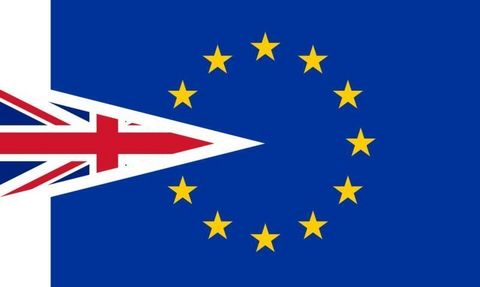Analyses & Studies
Getting Brexit Done

Prime Minister Johnson has now joined the elite group since 1974 of Thatcher and Blair of winning a serious majority at an election. The expectation - including mine - at the start of the campaign was that the result would range from a hung parliament to a small Conservative majority. This was changed by four factors in the campaign. The Brexit Party pulling out of fighting seats being defended by the Conservatives; the cut through of the “Get Brexit Done” message; the division on the Remain side of the argument from revoke to neutrality in another referendum and the collapse of the Corbyn appeal from the election in 2017.
The majority of eighty is the biggest for the Conservatives since 1987. This majority, this Johnson majority, consists of seats from Labour’s so called “Red Wall”. These seats not won in my or my parent’s lifetime (just to help my Dad celebrated his 80th this year). These included places like Blyth Valley, Newcastle under Lyme, Don Valley, Bolsover, Workington and Tony Blair’s old seat of Sedgefield to name but a few that returned Conservative MPs. The research from the think-tank Onward was powerful in identifying “Workington Man” as receptive to the Johnson appeal in these seats of Getting Brexit Done, fighting crime and ending austerity.
Voters may have “lent” their votes to the Conservatives as the Prime Minister said but in doing so the political landscape has dramatically changed. In the first few weeks of Prime Minster Johnson he lost vote after vote and could get nothing through Parliament, now he can get everything through Parliament. The changing of the political landscape is re-enforced as both Labour and the Liberal Democrats are looking for new leaders. It is worth noting that the election also strengthened the SNP and weakened the DUP, which business should not underestimate.
Let me end with three thoughts for under your Christmas tree.
1. The Withdrawal Agreement Bill is now back before Parliament and despite the Government taking out various clauses on workers rights, environmental and customer rights protection and parliamentary scrutiny, the majority means it will get through Parliament and the UK will leave the EU at the end of January 2020.
2. A difference has already emerged between the UK and EU on the next stage. In the Withdrawal Agreement Bill the Government has included a clause that rules out extending the trade talks beyond the end of 2020. In short, no asking by the end of June for an extension of the transition period to give more time time for negotiations. The Commission President, the chief Brexit negotiator and the Trade Commissioner have all expressed scepticism about the chances of concluding trade talks by the end of 2020.
3. The UK Government will need to quickly land a strategy and plan for the trade talks. This will be needed given the tight deadline even to negotiate a modest what might be called a “Canada Minus” deal. Without a clear UK strategy as the clock ticks towards the end of next year and arguably even with one, businesses will conclude once again that No Deal is back on the table and needs to be planned for.
Neil Sherlock CBE
Co-Chair, Brexit Forum